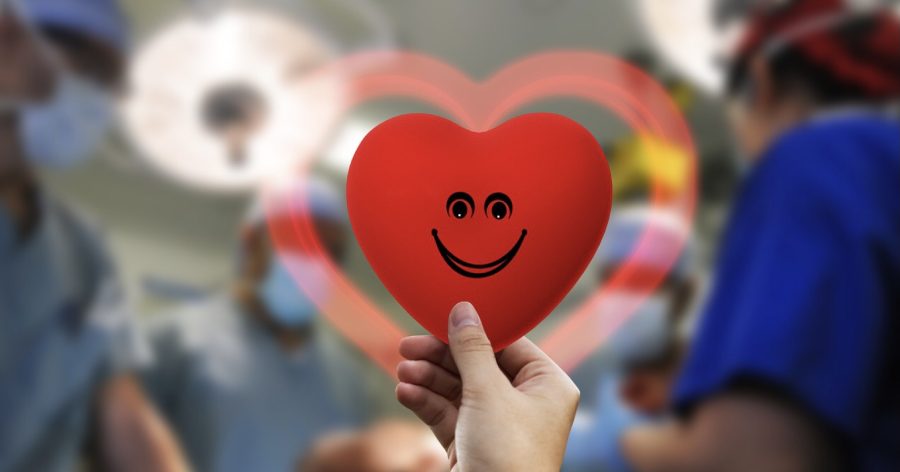Have a Heart
February 14 is National Organ Donor Day
A driver’s license is a certified right of passage. At sixteen, California residents are eligible to hit the streets solo for the first time, a pivotal increase in independence for many high schoolers. Heck, even Olivia Rodgrigo wrote a song about getting hers.
Drivers’ licenses provide permission to operate a motor vehicle and standardized identification for over 89% of American adults. A person’s birthdate, address, and height are listed, among other basic, essential information.
So what, then, is that little red dot?
The easy-to-miss symbol first appeared on July 1, 2006, when the DMV became official partners with Donate Life California. Since then, the program has seen a monumental increase in participation every year—participation that is nothing short of life-saving.
The Organ Procurement and Transplant Network (OPTN) just released their data from 2020 on January 11, 2021. Their website proudly boasts that “for the tenth year in a row, organ donation from deceased donors in the United States set an all-time record.” More than 33,000 transplants were completed, despite the constant challenges the pandemic brought upon an already burdened healthcare system.
These are promising numbers, absolutely, and everyone who is eligible should definitely register. Unfortunately, however, not everyone who registers is able to donate.
According to the Health Resources and Services Administration (HRSA), only 3 in 1,000 people die in a way that allows for deceased organ donation. And every single day in America, 17 people—from young children to elderly adults—die because they are unable to receive a transplant. In about the time it takes you to read this article, another person will be added to the transplant waiting list, their name lost among more than 106,539 others.
My sister, Gemma Lafontant, once occupied a space on that lengthy registry. She was diagnosed with chronic kidney disease in sixth grade, which meant her kidneys would gradually lose function until they failed completely. Without a transplant, it is unlikely that she would make it to her twenty-fifth birthday. Luckily, our brave cousin, Floris, stepped in and made a choice that saved my sister’s life.
Who knows how long Gemma would have been waiting if Floris hadn’t made that life-saving decision?
There is no greater gift than the gift of life, and as human beings we’re called to help one another. At age 18, you can make the decision to become a living organ donor for anyone.
But many of us don’t meet those age requirements quite yet. In the meantime, we are experiencing the first ever blood crisis amid the omicron surge, and you may be eligible to donate if you’re 16 or older. Appointments are available on redcrossblood.org, and you can enter your zip code to find places convenient for you. Westfield Fashion Square, for example, offers appointments until 4pm every weekday. So next time you have a free afternoon after school, schedule an appointment to give blood. Your contribution will be nothing short of life-saving.

